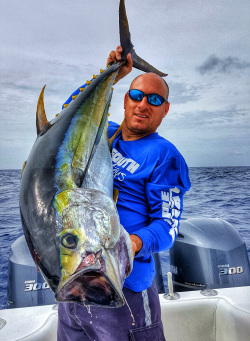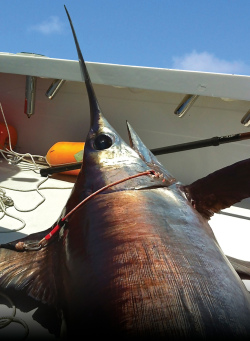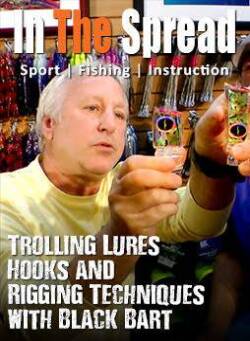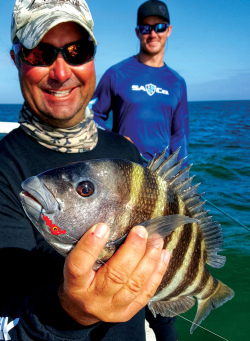Proper preparation is crucial for successful dolphin fishing. Gather information about weather, sea conditions, winds, currents, and trends. Use satellite charting services to monitor fishing reports and inspect tackle, boat, and equipment. Avoid unnecessary expenses and accidents by being smart and prepared. Sea Tow and other businesses depend on proper planning.
Dolphin Fishing - Have a Plan
(00:20:04)
Watch Full Video
View Short Trailer
Instructor:
RJ Boyle
Description
/
Review
/
Instructor
Key Points of Discussion:
- Proper planning is crucial for a successful dolphin fishing trip
- Monitor weather conditions and sea trends days in advance
- Ensure your boat is in top shape with fresh batteries, working bilge pumps, and full fuel tank
- Study fishing reports to know what's biting and where
- Inspect your fishing tackle, including fresh line, knots, and well-maintained rods and reels
One crucial element of successful dolphin fishing, also known as mahi mahi fishing, is proper planning. Dolphin fish are typically found well offshore, so it's crucial to consider several factors before setting foot on the boat. When planning your dolphin fishing trip, charting your path is crucial to maximize your chances of success. This process involves analyzing several key factors that can greatly influence where you'll find mahi mahi and how you'll reach those spots. Learn practical steps for planning a day on the water with this video.
Login
to leave a review.
User Reviews
Ricky Lorimor
04.28.2020
0
We Recommend
0




